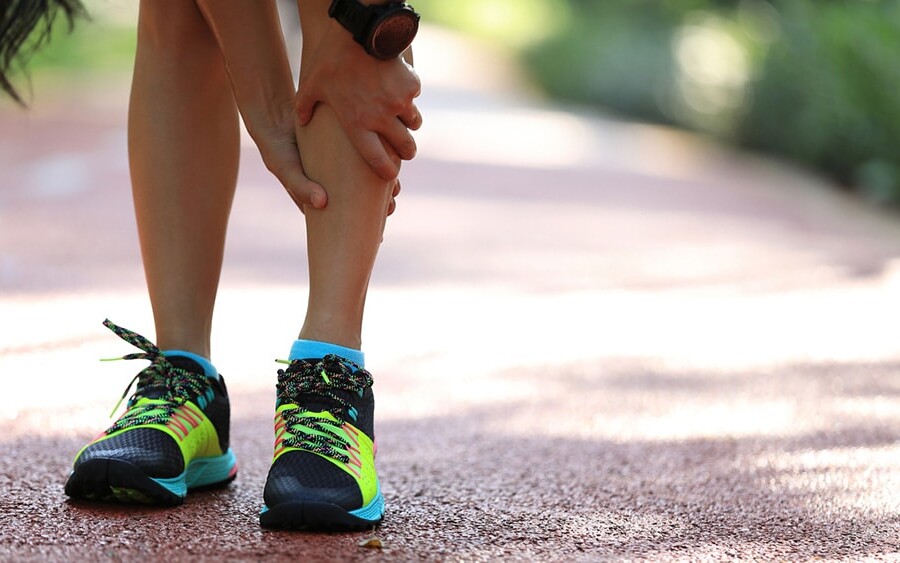Fitness and Performance
Running: How to prevent shin splints

Longer days are here, the is weather warming up, and many of us are striding out on spring runs. After a dark and cold winter, it feels amazing to get out again! However, if you’re new to running, or planning to increase your mileage, it’s important to have a strong training plan in place to avoid nasty (but common) injuries like shin splints. Bodyset RunFit specialist Fern Oliver shares her top tips…
What are shin splints?
Medial Tibial Stress Syndrome (MTSS) (A.K.A shin splints) feel like a sore and nagging pain in the front of your leg along your shin. The pain is usually felt during and after running, and when you press on the affected area.
Running training errors such as sudden increases in your distance, a change in pace or running gait, or even a lack of rest days can overload your shin bones. A number of tendons attach to your shin bone via a layer of connecting tissue that covers the bone. When muscles contract, they pull on their tendons which, in turn, pull on the connecting tissue. With overuse, or a change in running gait or increased muscle tightness, this pulling can damage the connective tissue. As a result, your body starts to repair the damage with an inflammatory response – what we commonly refer to as shin splints – a pain in the front of your shins.
The pain and swelling felt as a result of shin splints often eases with rest, but it may flare up again the next time you get out for a run. Resulting is an endless cycle of rest – run – injury. Without treatment or preventative plans in place, shin splints can lead to further injuries such as stress fractures.
What causes shin splints?
Shin splints can be caused by several factors, including:
- High impact: Running on hard or inclined surfaces can put an added strain on the front of your legs.
- Overuse: Shin splints are common among new runners or runners who suddenly increase their mileage in preparation for a race.
- Poor running technique: You may over-stride (take longer strides than necessary), overpronate (your ankles roll in) or supinate (your feet roll toward the outside edge) when you run, causing the muscles in the front of your legs to work harder to keep your feet stable.
- Weakness around your hips, glutes or thighs: Each of which can compromise your running mechanics, causing other muscles (including those on the front of your shins) to compensate in order to stabilise your body
- Unsupportive footwear: Old or worn-out running shoes may no longer be providing you with the support you need, causing a change in your gait, running style, or placing more pressure on your muscles.
- Tight calf muscles: Your calf muscles work to lift your heels when running. Often runners can have tight calf muscles, and weaker shin muscles – leading to a muscle imbalance and shin splints.
How can I prevent shin splints?
There are several factors that may be causing your shin splints, and contacting your physiotherapist is often the fastest way to identify the root cause and get you back to running pain free. They will assess your individual weaknesses and movement patterns and set a programme of targeted exercises to relieve the pain and make sure your symptoms don’t return. Other helpful tips include:
- Upgrade your shoes: If you are suffering from shin splints, try switching to a shoe that limits pronation or has added arch support.
- Follow the 10 percent rule: To prevent overuse fatigue, try to avoid upping weekly mileage by no more than 10 percent.
- Strengthen your hips and core: Strengthening these areas will help to stabilise your legs while running, placing less pressure on your feet and shins.
- Stretch your calf muscles – calf tightness can be a common cause of shin splints, so foam rolling and stretching your calf muscles is a preventive method that reduces your chances of injury.
- Follow a professional running training plan: A bespoke training plan like a RunFit assessment will help you make the most of your training time and achieve your running goals faster and without injury.
